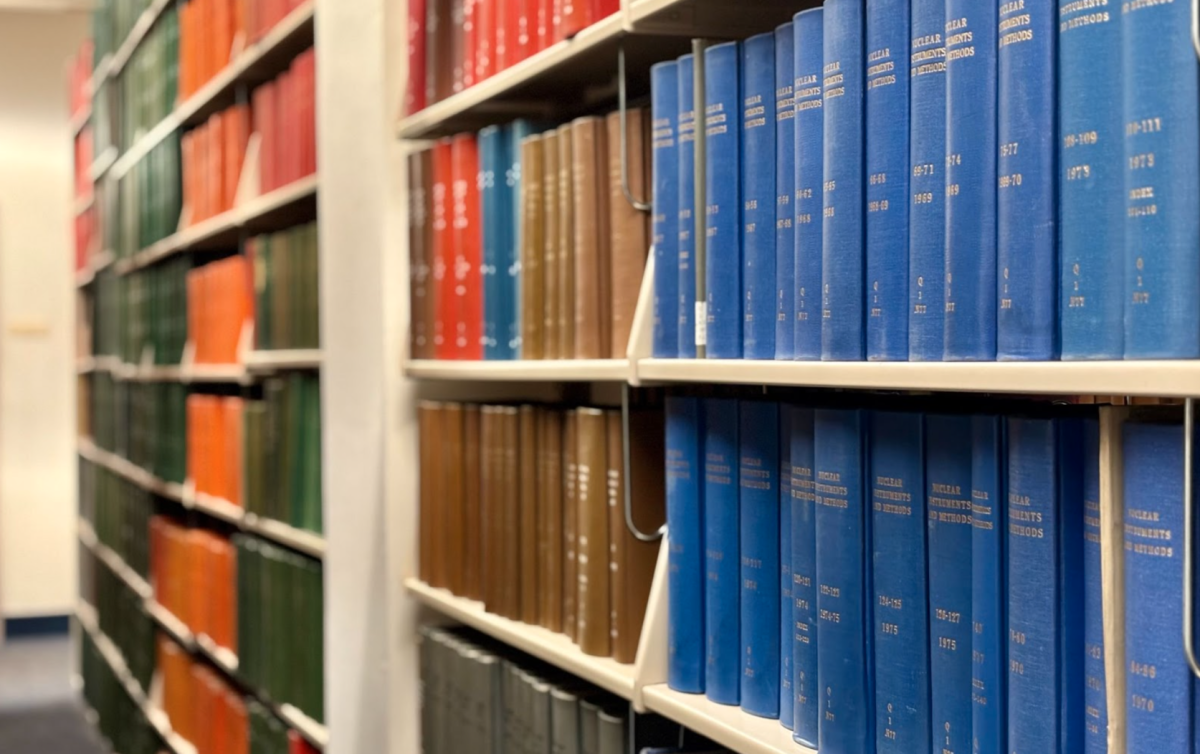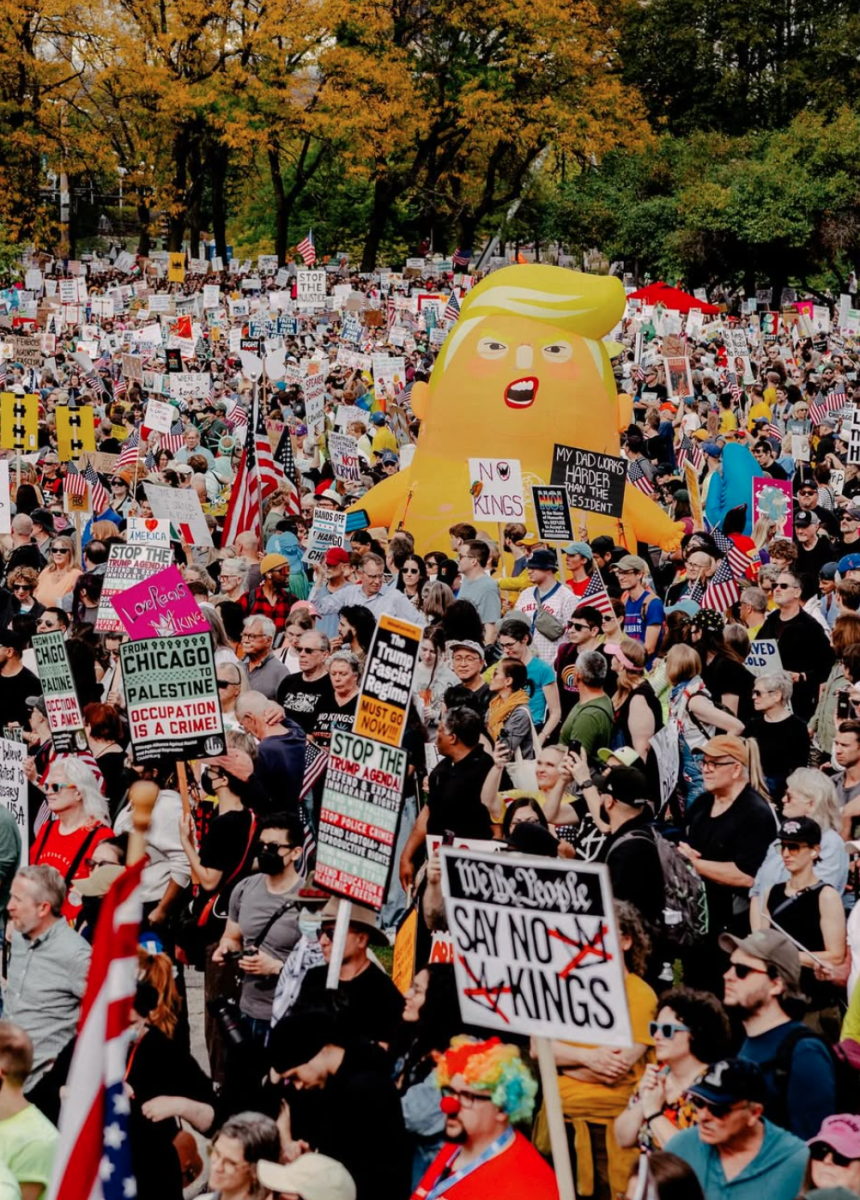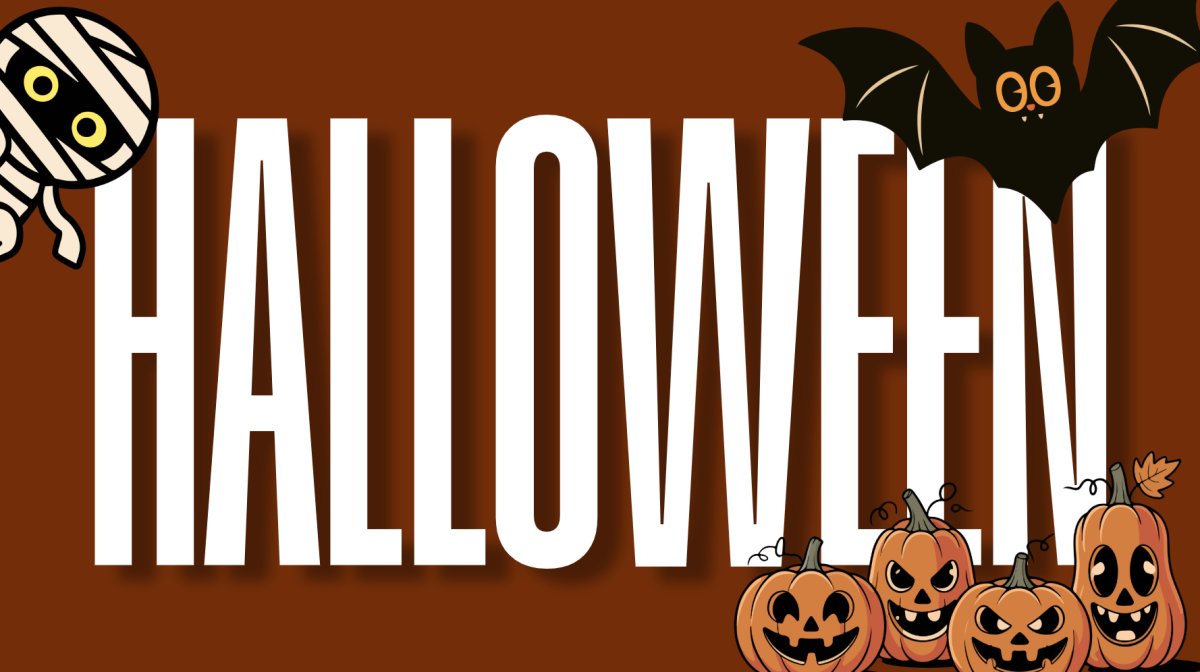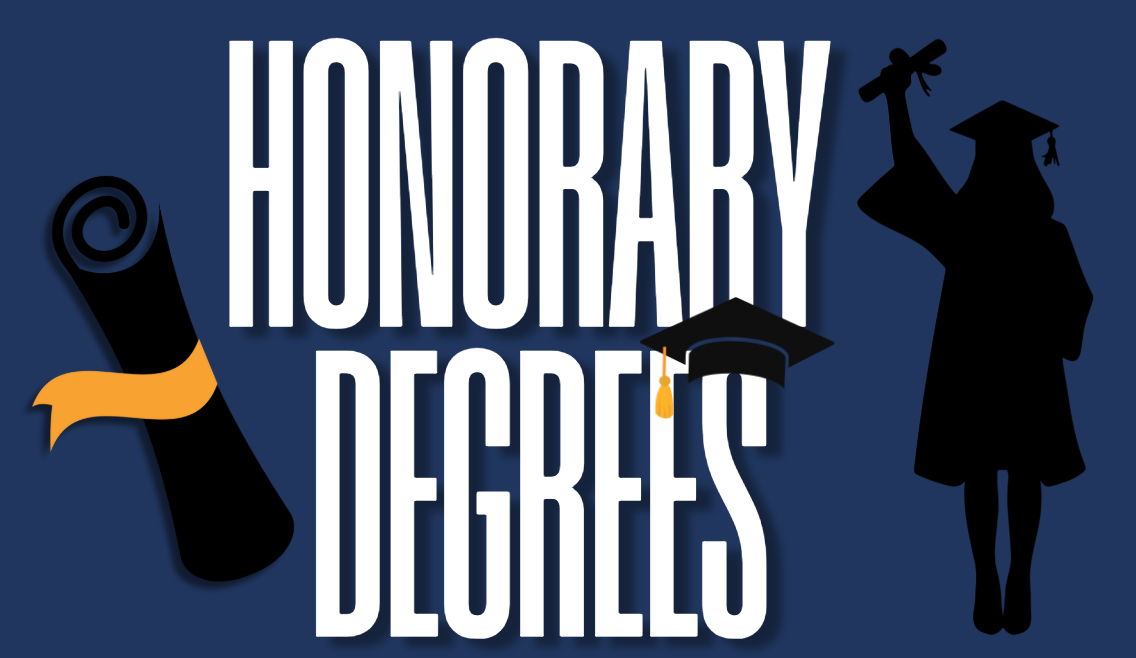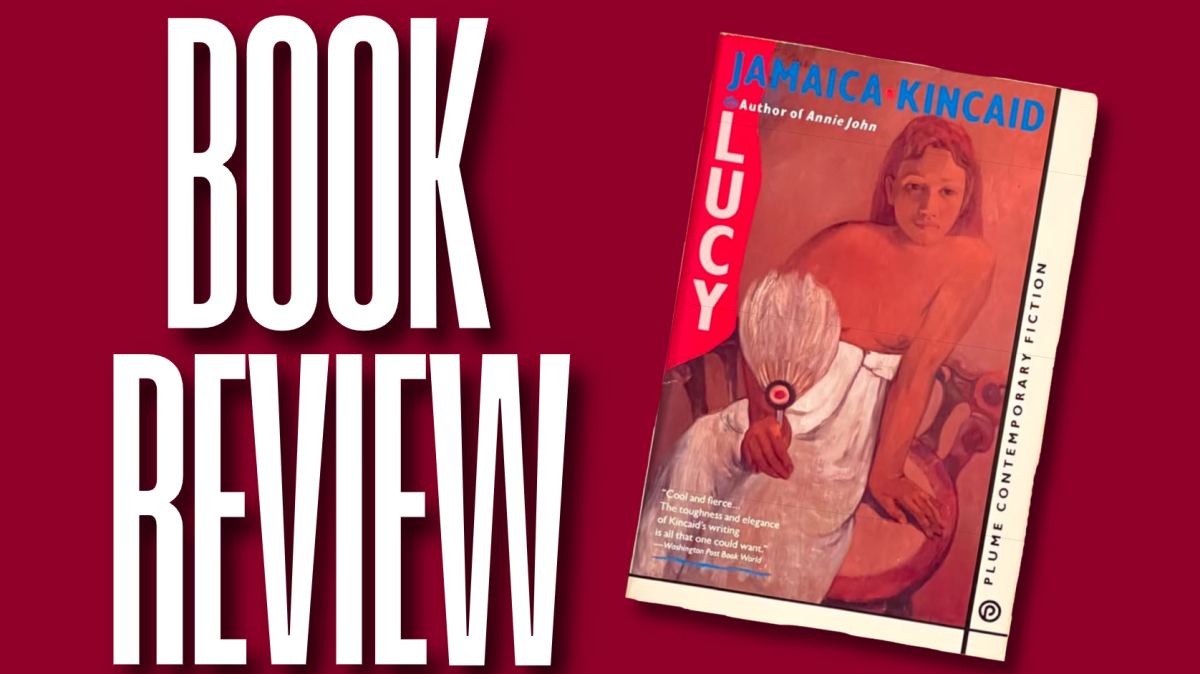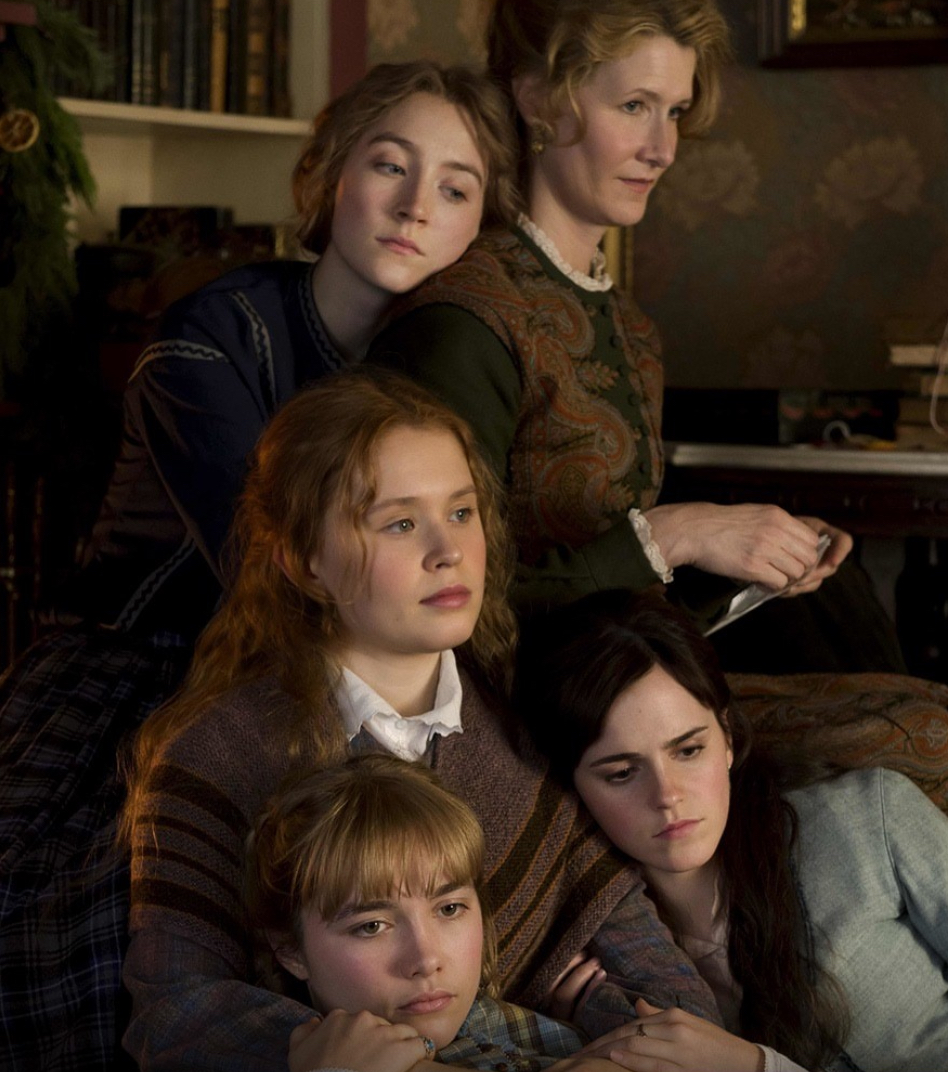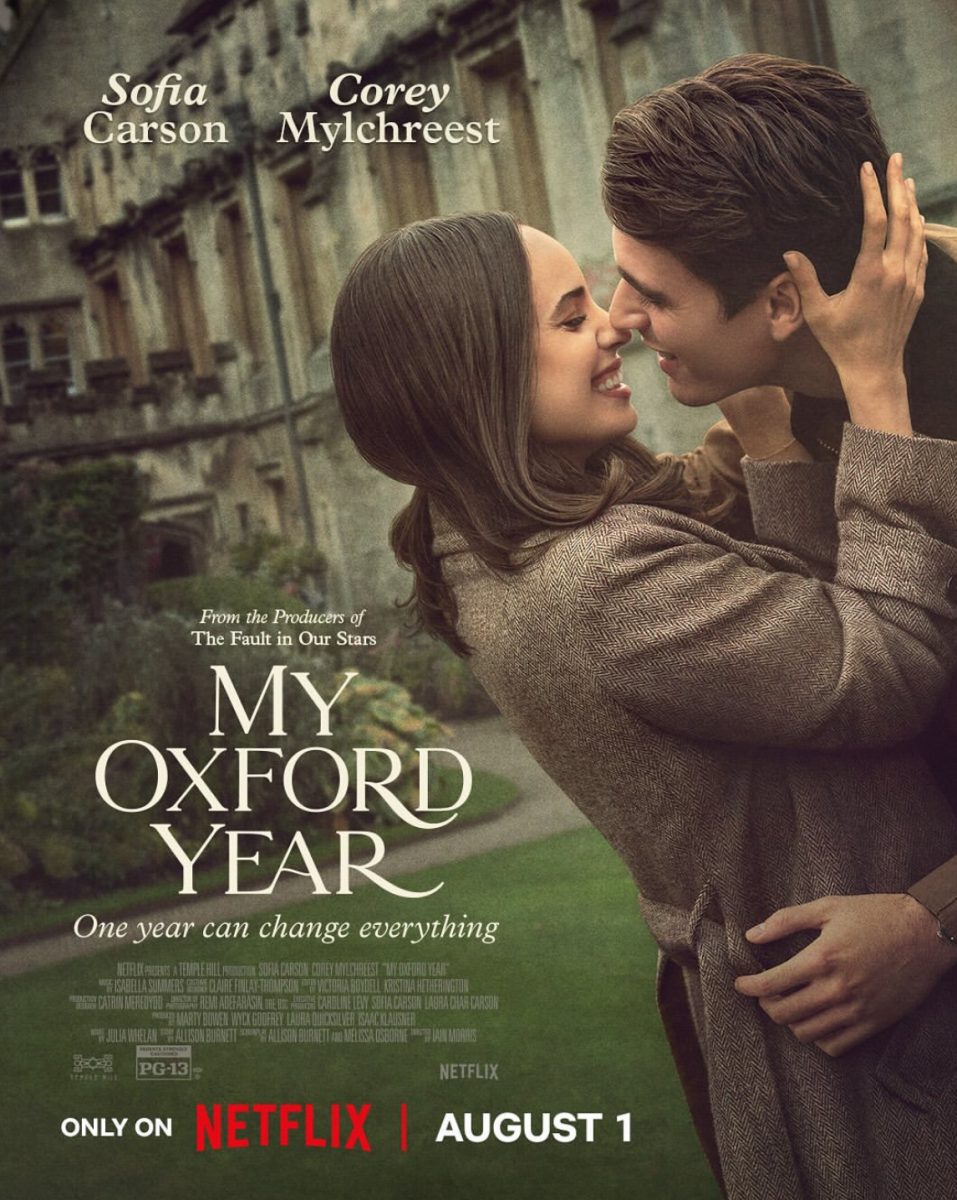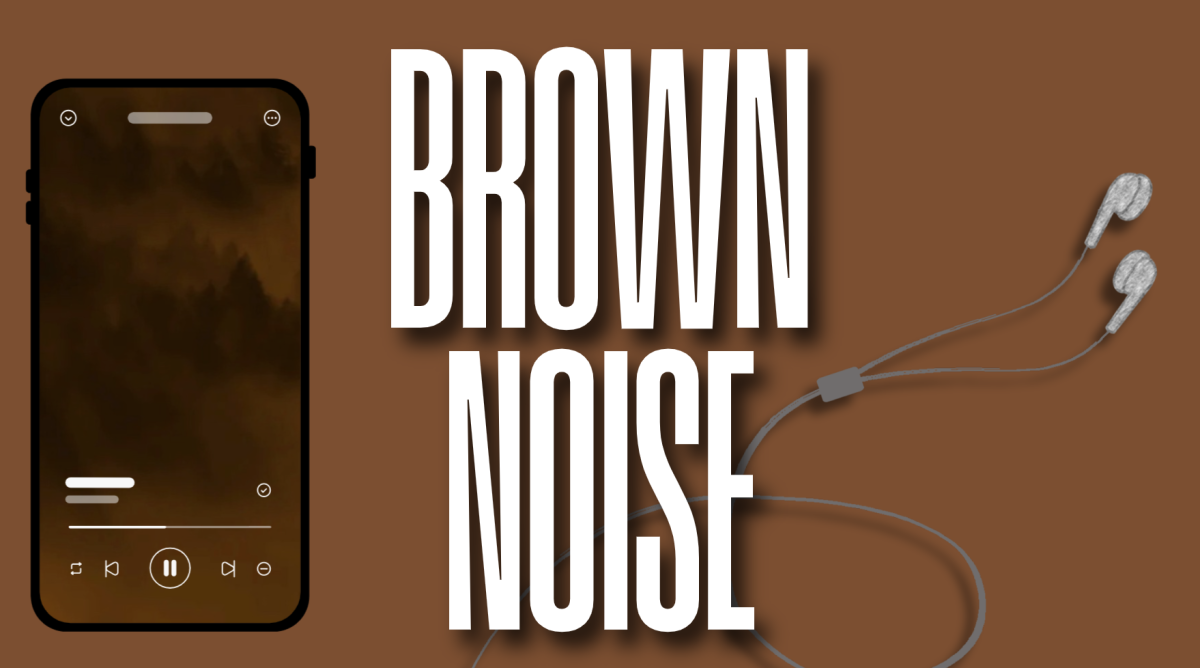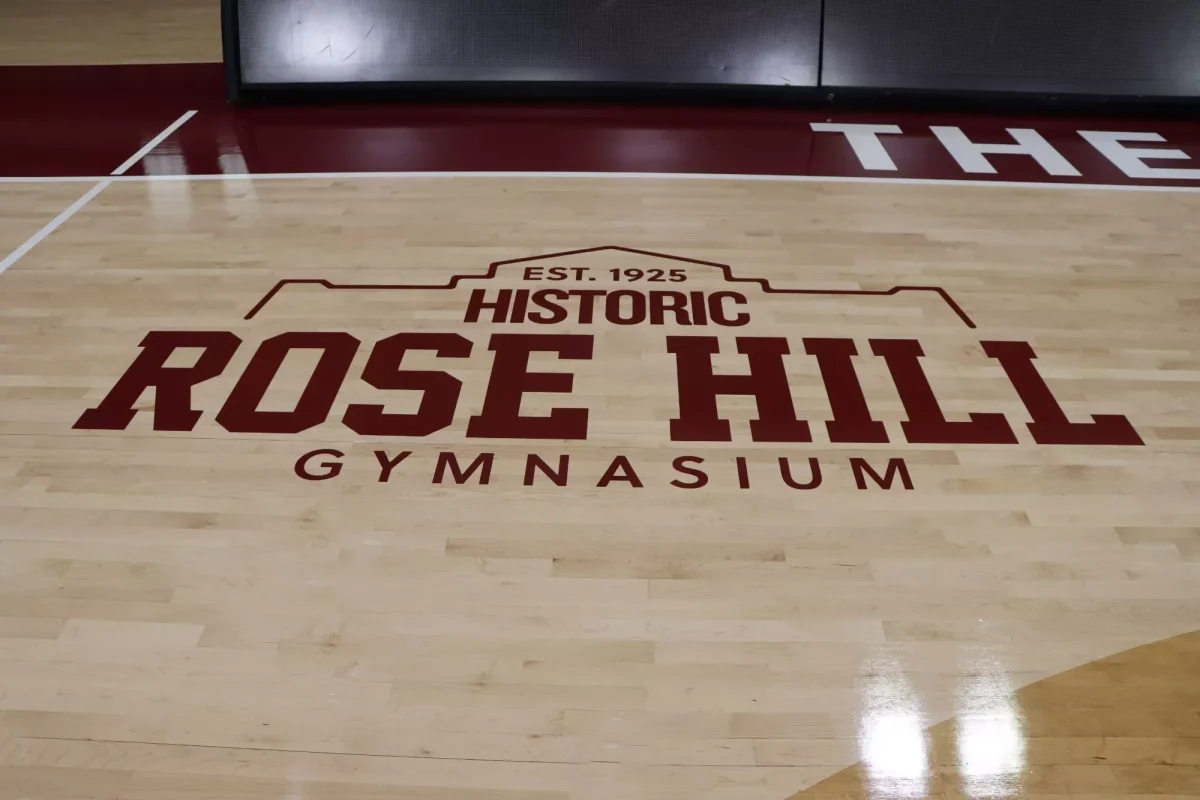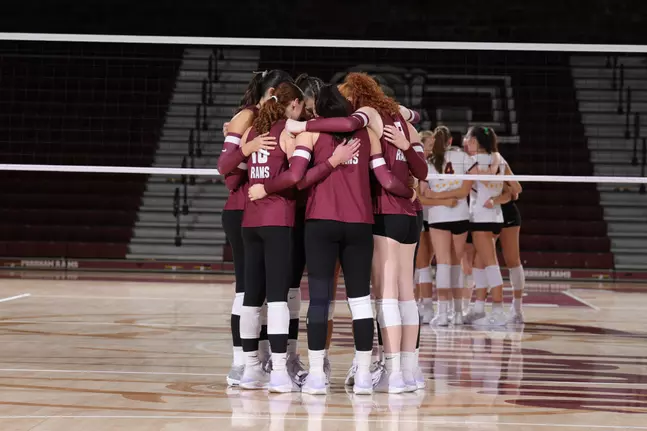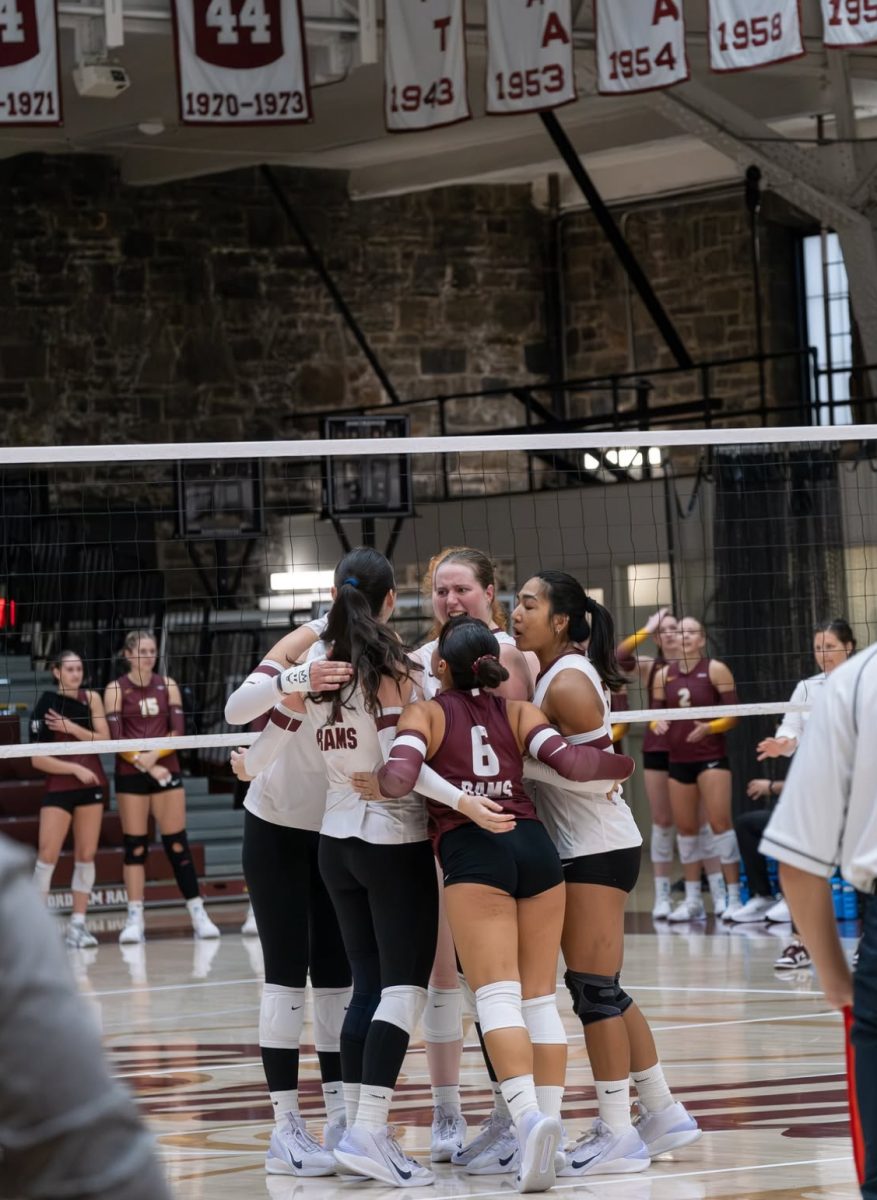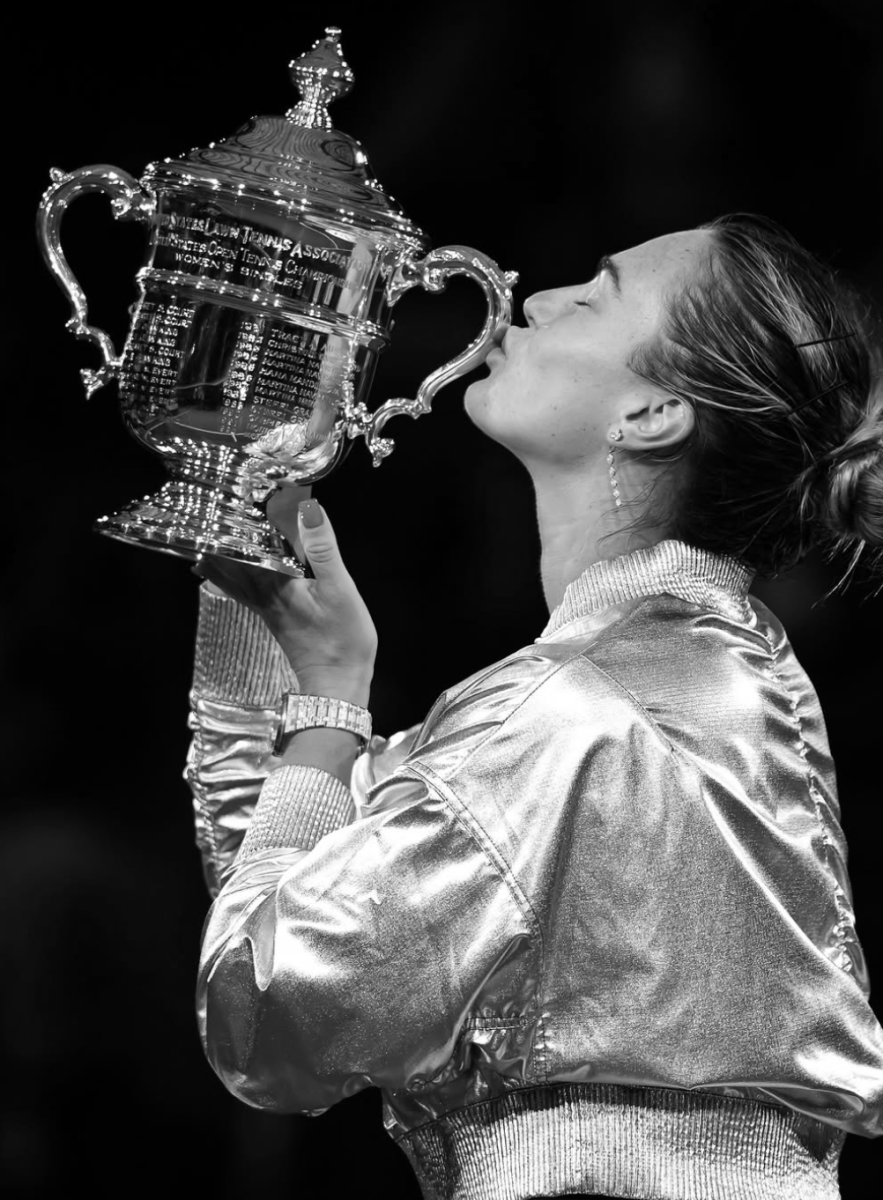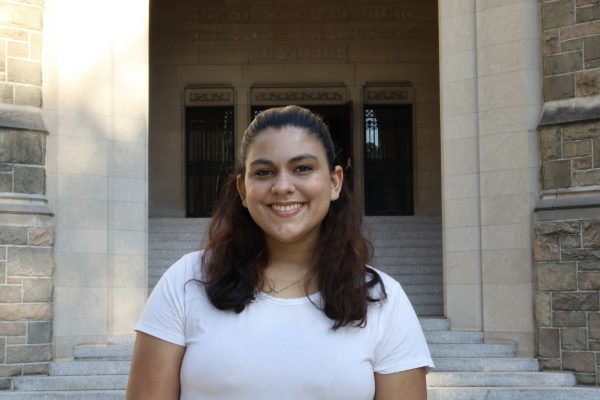A new exhibit was unveiled in the O’Hare Special Collections Room of Walsh Family Library on Thursday, Feb. 8. The exhibit will remain open for viewing until May 20. “Knife/Paint/Words: The Art of Deborah Ugoretz” features the artwork of Deborah Ugoretz, who attended the opening event to speak about her pieces and her inspiration.
Fordham News describes Ugoretz’s artwork as, “Inspired by the written word, Ugoretz takes texts—poems, prayers, and ancient writings—and translates them into a visual language that infuses those words with deeper meaning because visual language can touch on a richer emotional and intellectual.” Ugoretz’s work has been featured in museums such as the Milwaukee Jewish Museum, the Philadelphia Museum of Jewish Art and the Museum of Biblical Art. Ugoretz has been recognized as a master cut-paper artist by the New Jersey State Council on the Arts.
Ugoretz is a Brooklyn-based artist from Milwaukee, Wis. Ugoretz has her Bachelor of Science in Fine Arts from the University of Wisconsin-Madison. Her works deal with profound issues such as feminism, diversity and social issues. She has been a master artist and teacher of cut-paper since 1978.
The exhibit was organized by the Center for Jewish Studies. Magda Teter, the Shvidler chair of Judaic Studies, explained that her hope for the exhibit is that “students will appreciate the beauty of contemporary Jewish art and the long historical connections between the themes the artists engage with and Jewish history and tradition. That’s why we always put the two in conversation.”
Teter explained how the Center for Jewish Studies and the Walsh Family Library has worked since the fall of 2022 to display the art of modern Jewish artists and provoke conversation among the Fordham community about the art and its themes. Throughout the last few semesters, the Center for Jewish Studies has showcased a variety of different styles of art from Jewish artists and wanted to continue this with Ugoretz’s exhibit. “The art of Deborah Ugoretz showcases the combination of the traditional technique of papercutting with modern aesthetics and engagement with issues pertinent to our own lives,” stated Teter.
Ugoretz attended the opening of the exhibit to give a presentation on the history of Jewish papercuts and her background with the art form. She explained the importance of art, saying, “We are raised to believe there is an injunction against Jewish art but it’s so untrue because when you look at the Bible, when you go back to the sources, you see that it [the writing] is infused with visual imagery. The sense of the importance of aesthetics in Jewish life has been there from day one.”
Ugoretz also discussed the two main sources of her inspiration to work on Jewish papercut pieces. The first was when she was introduced to the papercut art style: “I saw Jewish papercuts and I was totally amazed that this kind of artform existed in Jewish life.” She admitted that she is unsure of where she was introduced to the art, whether it be during her trip to Israel or at the Jewish History Museum.
Ugoretz’s second source of inspiration came from a lifestyle and cultural movement prominent in the 1970s. She stated that, “People were doing things that infused their lives with deeper meaning that were very much related to the arts, and I was totally swept up in that as well.” It was an era of people deeply connecting with aspects of their history and exploring the rich cultures related to their background. At the time, Ugoretz partook in this and has not stopped since.
Ugoretz discussed a saying in Judaism that she finds important in expressing the importance of art forms: “You should elevate your religious practice through the creation of beautiful things.” As Urgoretz hopes her work can inspire others, students and Fordham community members are encouraged to view the art in the O’Hare Special Collections Room in the Walsh Family Library.






